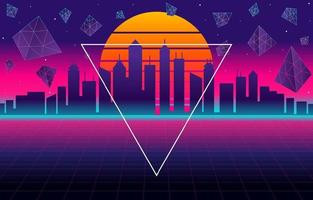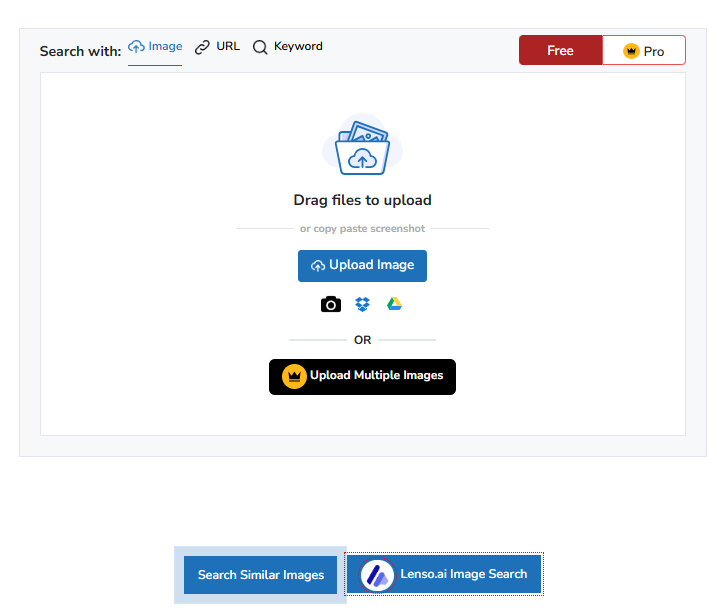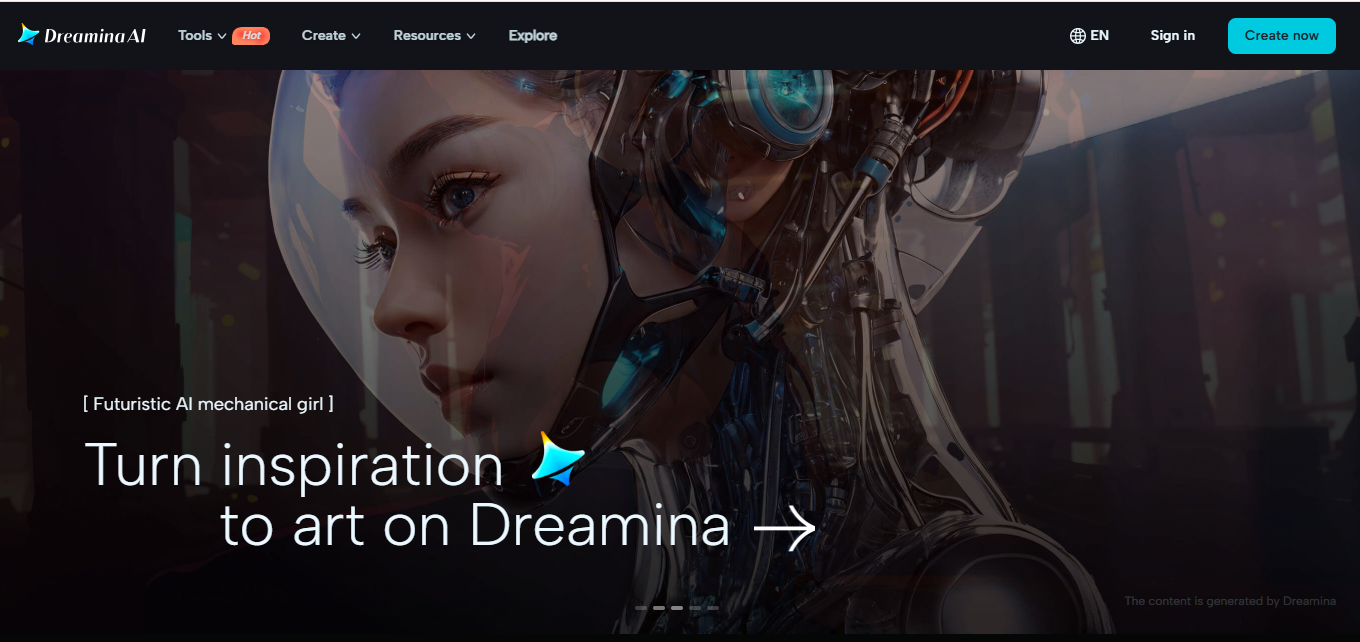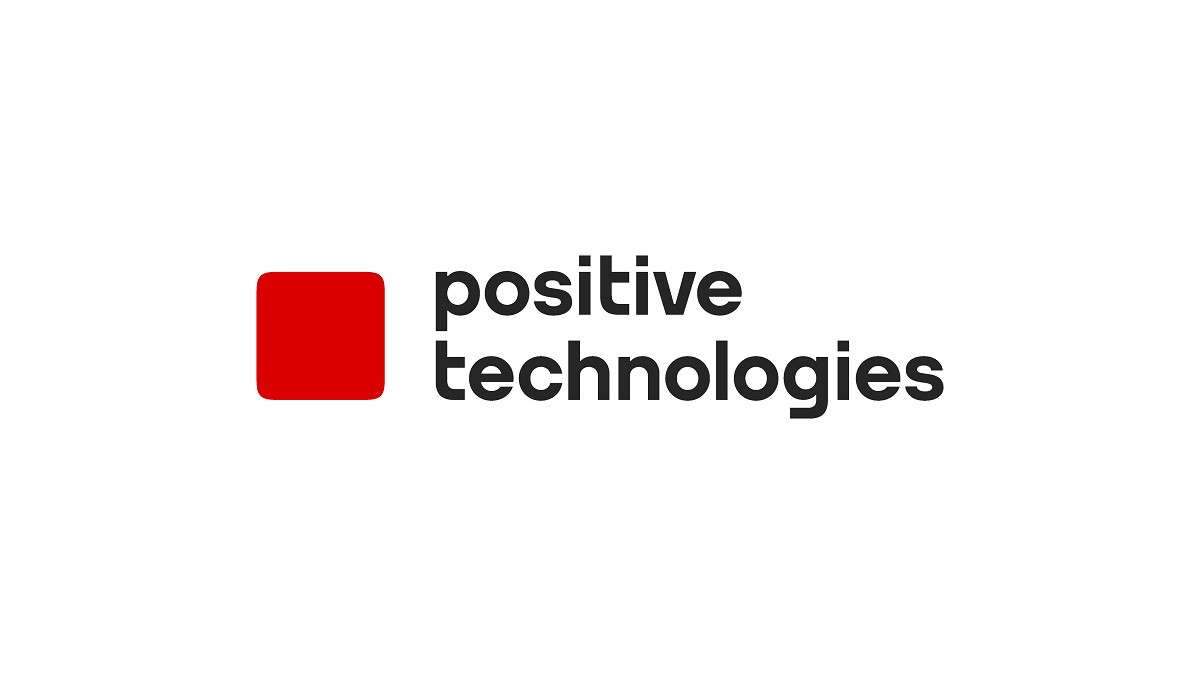
The gaming industry is one of the fastest changing industries in todays world, its technology, play style, or even its monetization models have evolved and changed drastically throughout the years. Gone were the days where game developers make money solely relying on coin-op arcade machines, or selling game copies through consoles such as Playstation or Nintendo, the concept of free-to-play was introduced post millennium and there is an increasing trend where top gaming software developers are adopting this approach.
The free-to-play model has been described as a shift from the traditional model in the sense that previously, success was measured by multiplying the number of units of a game keys sold by the unit price, while with free-to-play, the most important factor is the number of players that a game can keep continuously engaged, followed by how many compelling spending opportunities the game offers its players. With free games that include in-game purchases, two particularly important things occur: first, more people will try out the game since there is zero cost to doing so and second, revenue will likely be more than a traditional game since different players can now spend different amounts of money that depend on their engagement with the game and their preferences towards it.
Ever since RIOT’s League of legends have popularized the concept of “skins”, where gamers can purchase a skin that can change the outlook of their in-game characters, it became extremely popular and made RIOT one of the most profitable game developers in the market, and for sure many developers were to follow suit. Players Unknown Battleground (PUBG) was the one to think out of the box and turned a shooting game from FPS (First Person Shooting game) to TPS (Third Person Shooting game), where a player can see its own in-game character from the screen in TPS mode, this allowed the game to be monetarized by selling loot boxes with random skins. While PUBG was breaking numerous records for active users and making noises in the gaming community, EPIC Gaming’s FORTNITE was still under development, they saw how well PUBG was doing and decided to take a similar path.
The concept of Skins came from League of Legends, while putting skins into a shooting game came from PUBG, however it was FORTNITE who put all the ingredients together and took it to a whole new level. Instead of skins using customizable outfits you could put on your gaming character, FORTNITE used cartoonish graphics which enables them to introduce skins from your wildest imaginations, from turning your character into a robot, a cartoon character, to even a giant banana. This approach also enables them to collaborate with big names such as Marvel, DC, or even the STAR WARS enterprise, instead of paying in-game money to change the outfit of your character you are able to change the whole character itself, Batman, Iron Man, Jedi, Wolverine, Harley Quinn, you name it. What makes these skins so desirable is its rarity, EPIC didn’t use the loot box randomized skins approach like PUBG, instead you see what you are paying for, however FORTNITEs skins rotate in and out of the item shop on a daily basis, and some may never even appear as there is no time-table shown to public, so it is like what they say, “if you don’t get it NOW you might never get it again”. The above item shop mechanics is also the reason why FORTNITE accounts with rare skins have so much in value, trading websites such as online marketplaces offers a trading platform where you can sell and buy FORTNITE accounts, there you would be able to find accounts with rare skins that might not appear in the item shop ever again, or at least need to log into the account everyday and wait for a long while.
The spending habits of the new generation gamers have changed considerably throughout the years, you would be laughing if I told you 10 years ago that you would spend real money to buy outfit and skins for an in-game character that doesn’t make it more powerful, stronger, or advance levels faster, whereas a rare skin nowadays is all what the new generation wants.










